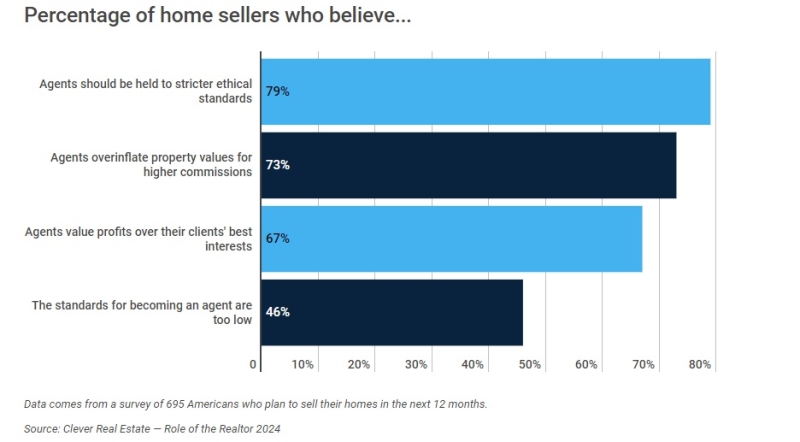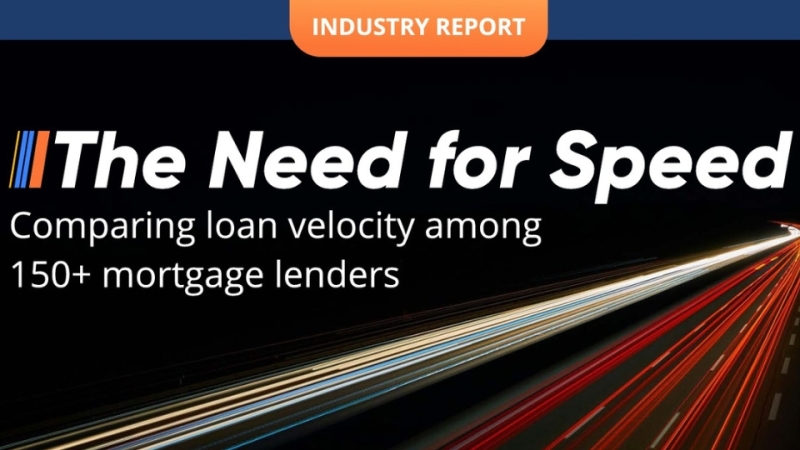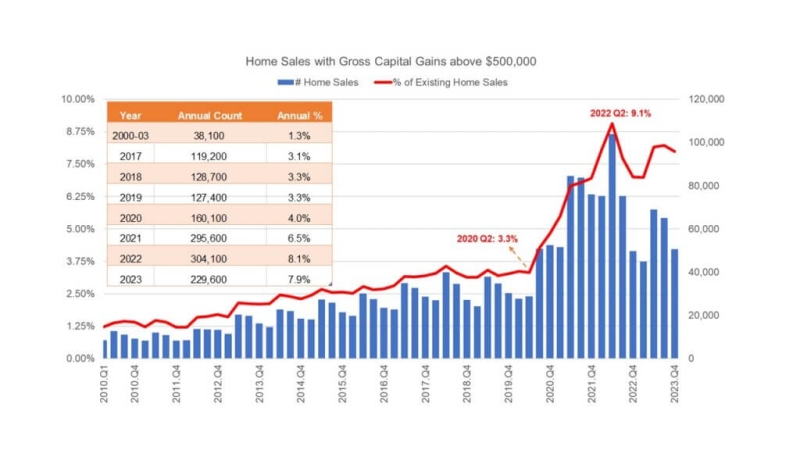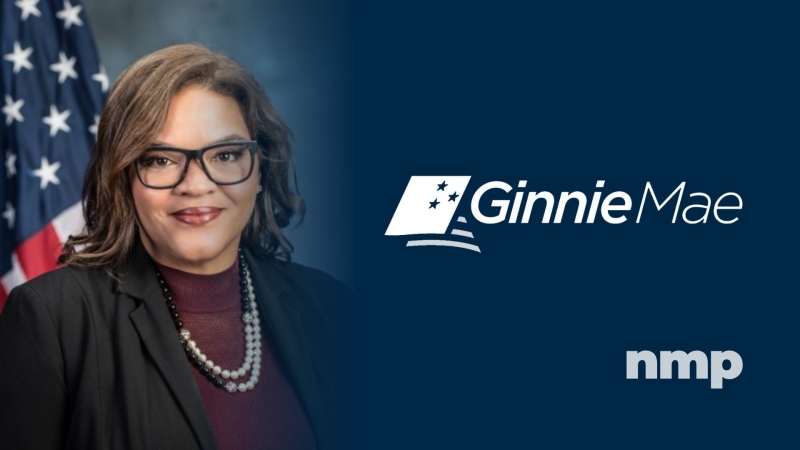Advertisement
Lender Lead Solutions launches new products
Equity acceleration and debt restructure: Why they workDave Hershmanaccelerating mortgage payoffs, discretionary income, home equity line of credit
There is a tremendous amount of publicity going into the ideas
of lower debt levels and accelerating mortgage payoffs, especially
at a time when home values are no longer skyrocketing and many
homeowners are either upside down in their houses or at least are
coming to the realization that they can no longer use their homes
as piggybanks.
While there is a tremendous amount of publicity, there is also
tremendous confusion. Many are selling these programs, but have no
idea why they work and how to compare one from another and see
whether they are in the best interests of their clients. I am not
surprised about the confusion, as we work in an industry that had
no idea that adjustable-rate mortgages would not be right for
certain clients and helped sell many homes to clients they could
not afford. In running an advanced school for this industry over
many years, I have found that confusion can run rampant. So why
should equity acceleration be any different?
Here are the financial concepts behind equity acceleration.
First, a large prepayment on a loan early in the term of the
loan is worth many times money prepaid later on. For example, if
you took $5,000 and prepaid your mortgage in the first month, this
would be worth more than prepaying $100 per month for the next 60
months. The earlier you remove principal from a loan, the less time
that principal is available to be charged compound interest. By
using a home equity line of credit (HELOC) as a secondary
instrument, some equity acceleration programs can fuel early and
large prepayments.
Second, putting your income in a checking account each month
means you are obtaining little value or no value from that money.
The bank that holds the checking account is using your money for
free. By depositing that money in an open line of credit, it will
pay down the balance on the line and be working for you. For
example, if you borrow $5,000 on a HELOC in order to pay down your
first mortgage as in the aforementioned paragraph, but you deposit
a $5,000 paycheck in the same account, your balance is now zero.
Now, as you pay expenses during the month, the balance will then
rise back to $5,000. But if you paid the expenses equally during
the month, the average balance would be only $2,500 for the month.
In other words, you borrowed $5,000, but only paid interest on half
of that. If your home equity line was charging eight percent, your
effective interest rate would be four percent in this simplistic
example. You will not find checking accounts giving you four
percent in interest, and even if you could, the money you "removed"
from compounding on your first mortgage would add another benefit
to using your money in this way. That benefit makes the worth of
the money much more than four percent.
Third, your discretionary income can be put to work for you
automatically. The average American has a few hundred dollars per
month that they can spend the way they would like. That is why we
call it discretionary. Usually, we would let it sit in our checking
account until we spent it (98 percent of the time) or move it to
savings (two percent of the time). We would not use it to pay down
our mortgage, because we would not have use of the money, so it
sits there and disappears. But if you were using your line of
credit as a checking account, that money would further lower the
balance on what you owe while it sits there. If it sits there long
enough, you can transfer the money to pay off more of your first
mortgage. If you need the money in the future, you can still borrow
it from the open home equity line. In other words, we reversed
tendencies. At the present time, we use any excess money we have
monthly to pay down our mortgage only as a last resort. With these
programs, utilizing excess money to pay down our mortgage can
become the first option. Changing tendencies or the paradigm is
what this is all about.
Fourth, if the equity acceleration program has a live automated
component, it can act like a Global Positioning System (GPS) to
direct your efforts. Imagine you leave your house on a long driving
trip to a place you have never been before. There are lots of
turns. You can run MapQuest, or you can use a GPS. Which will get
you there quicker? Well, if you use map-driven static directions,
the first time you veer off course because of a poorly marked road,
you can get lost. You would need to turn around and get back to
where you veered off course. You may have to stop to read the map.
If you have a living, breathing GPS when you make a wrong turn, the
system automatically adjusts to get you back on course.
Imagine your quest to eliminate debt more quickly as a road
trip. You will get off course many times over the years. Is the
system automatically adjusting? Does the system tell you what the
true cost of purchases are so that you can make good, qualified
decisions? Right now, we spend, spend, spend without thinking. With
help, we can adjust our spending habits to strengthen the
probability that we will reach our goals and the speed with which
we obtain those goals. You can even adjust how we use the bank's
money so that we hold onto our money as long as possible, because
it is working for us every day. If the tool chosen is static, you
will not receive that help and you will not be as efficient using
the aforementioned tools and strategies. What is it worth to you to
have your mortgage paid off even two years more quickly than a
static plan? Thousands or even tens of thousands of dollars!
Finally, there is still a strategy to be employed when paying
off debts. Those who have been qualifying clients for mortgages for
years have known that it is better to pay off certain debts than
others. For one debt, we can save the client $500 per month by
paying $5,000, and for another, it may take $40,000 to achieve the
same result. Debt elimination plans that employ snowball strategies
actually look at the payoff efficiencies. Eliminating one debt,
they use the savings to attack the next debt and so on. Further,
credit restoration programs may actually go to creditors and
negotiate a reduction in debt owed (settlements). But these can
negatively affect credit histories. Even credit histories that are
bad can get worse.
So the next question is, "Which strategies are best for your
clients?" Obviously, if they are drowning in debt and don't own a
home, the strategy may be different than if they have only one debt
(a mortgage) and desire to pay that one debt off more quickly
because they are coming to retirement. Complicating the scenario is
the fact that many of these programs offer you the ability to set
up second income sources (who does not need that in this
environment?) while you increase the referrals for your primary
business. So you have a decision to makewhere to turn. Hopefully,
this work will help you make a better-educated decision, and if you
want help making a decision, e-mail me at [email protected]. I
will send you another article and find out more about your
clientele and goals and give you one or more choices. One thing I
will say is that a new product line that can help your primary
business is the ultimate synergy, but it will not come without
effort and tenacity.
Dave Hershman is a top speaker and leading author in the
mortgage industry with eight booksincluding two best sellers for
the Mortgage Bankers Association of America. His mortgage school is
the only comprehensive advanced curriculum in the industry. For a
schedule of classes, free marketing samples, speaking information
and articles by Dave, call (800) 581-5678, e-mail [email protected] or
visit
href="www.originationpro.com">www.originationpro.com.
About the author





